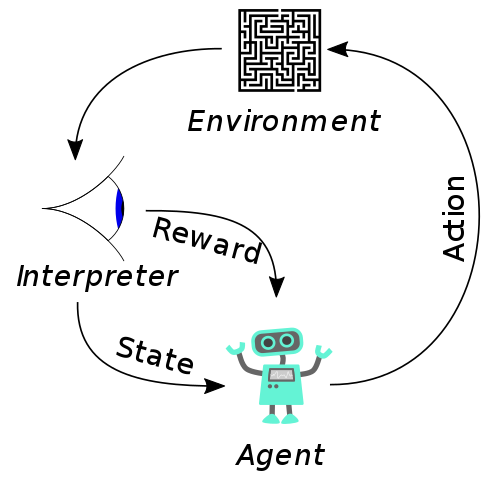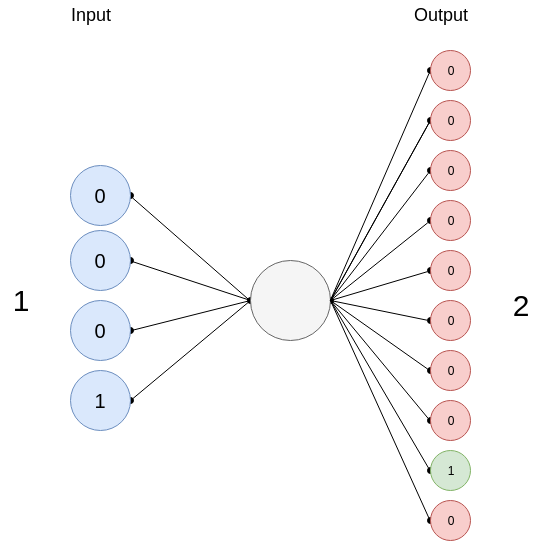About Me

My name is Fares Ben Slimane, and I am a Computer Vision and AI enthusiast. I graduated with a Master’s degree in Computer Science, specializing in Artificial Intelligence, from the University of Quebec at Montreal (UQAM). I currently work as a Machine Learning Software Developer and a part-time tutor. I have a strong background in AI research and development, with expertise in machine learning, speech recognition, and computer vision. My passion lies in leveraging technology to make a positive impact on the world.
Here are a few highlights from my professional journey:
- AI Mentor at OpenClassroom: I instruct advanced AI courses to professionals, covering topics such as data analysis, classical ML, NLP, CV, and AI project management.
- Machine Learning Developer at Fluent.ai: I contributed to developing and integrating AI models, reducing model sizes and improving performance in multi-wakeword scenarios.
- R&D Machine Learning Developer at Hummingbirds AI: I implemented state-of-the-art computer vision algorithms and led research initiatives to address real-world challenges.
Technical Skills
- Programming Languages: Python, C++, Javascript, Dart(Flutter)
- Libraries & Tools: NumPy, Pandas, Scikit-learn, OpenCV, TensorRT, ONNX, Git, AWS, GCP, Asure
- Deep Learning Frameworks: TensorFlow, Keras, PyTorch (preferred)
- Machine learning: Data analysis & visualization (Matplotlib, Plotly..etc), Supervised classification and regression ML algorithms, unsupervised ML algorithms, Statistics, Probability, Calculus and Linear algebra.
- MLops & Cloud: Git, Docker, Kubernetes, AWS, Google Cloud Platform, Azure ML, MLflow, ClearML
- Libraries & Tools: NumPy, Pandas, Scikit-learn, OpenCV, TensorRT, ONNX unsupervised ML algorithms, Advanced statistics, Probability, Advanced Calculus, Linear algebra and optimization
- Deep learning (Theoretical & Practical): Neural Networks & Convolutional neural networks (CNNs), Recurrent Networks (RNN, GRU and LSTM), Transformers (attention-based models), Generative Models (GAN, VAE), Reinforcement Learning (Q-learning, Monte Carlo, Sarsa, PPO..etc) and LSTM), Generative Models (GAN, VAE), Reinforcement Learning (Q-learning, Sarsa, PPO..etc)
- Mila Course (Prof. Aaron Courville) - Representation Learning (IFT 6135) Winter-2019, Grade: A-
- Computer Vision: Image classification and segmentation, Object and anomaly detection, Video and Image Analysis
- Speech Recognition: Lightweight Wakeword Detection, Command detection, ASR, Speech-to-Text and Text-to-Speech
- Natural Language Processing:Text classification, Language modelling, Machine translation, LLMs
- Soft Skills: Worked in high-paced startup environments, Led R&D ML projects, Team Player with efficient communication skills, Positive force and a good motivator, Effective in both spoken and written English and French
Projects
- Sign Language Recognition & Translation (2019) Build a system that interprets a sequence of images, representing sign language, and generates a coherent textual translation in spoken language.
- Sign Language Tutoring System An automated system that teaches sign language to non-deaf users, featuring real-time gesture recognition and an ergonomic Human-Machine Interaction Interface.
-
Using AI for Automated Hydroponic Growing System A smart hydroponic system that uses AI to control indoor settings and detect plant anomalies and diseases.
- Tracking and Predicting Student Performance A predictive model that tracks students’ academic performance and forecasts future success using data from UQAM’s SPARI.
Publications and Talks
- Conference Paper: Context Matters: Self-Attention for Sign Language Recognition (ICPR 2020) Arxiv Link
-
This notebook is a tutorial to explain and showcase how to use RL algorithms like Q-learning (model-free version and the DQN version), Sarsa, MC, and how they differ, using PyTorch and the OpenAI Gymnasium library. This notebook will give you a straightforward overview of how RL algorithms work with real... [Read More]
-
OpenAI Hands-on
People are usually familiar with supervised or unsupervised learning but not Reinforcement Learning. In RL, we choose an action using a policy and given some data to maximize the expected long-term reward (all these terms will be explained).
By Fares Ben SlimaneContext and Plan [Read More] -
Introduction to Reinforcement Learning
People are usually familiar with supervised or unsupervised learning but not Reinforcement Learning. In RL, we choose an action using a policy and given some data to maximize the expected long-term reward (all these terms will be explained).
By Fares Ben SlimaneDisclaimer (You can ignore this part and start with the next section.) Why am I writing these blogs? Especially since, as my brother told me the other day, there’s a good chance that no one is going to read this. I am a strong believer in the Feynman technique. I... [Read More] -
Teaching a model how to count with Logistic regression
In this quick post, we will learn how to build a Logistic regression model from scratch that learns how to count digits. The idea is that the model will learn how to count from 0 to 9 in binary.
By Fares Ben SlimaneRequirements : [Read More]


